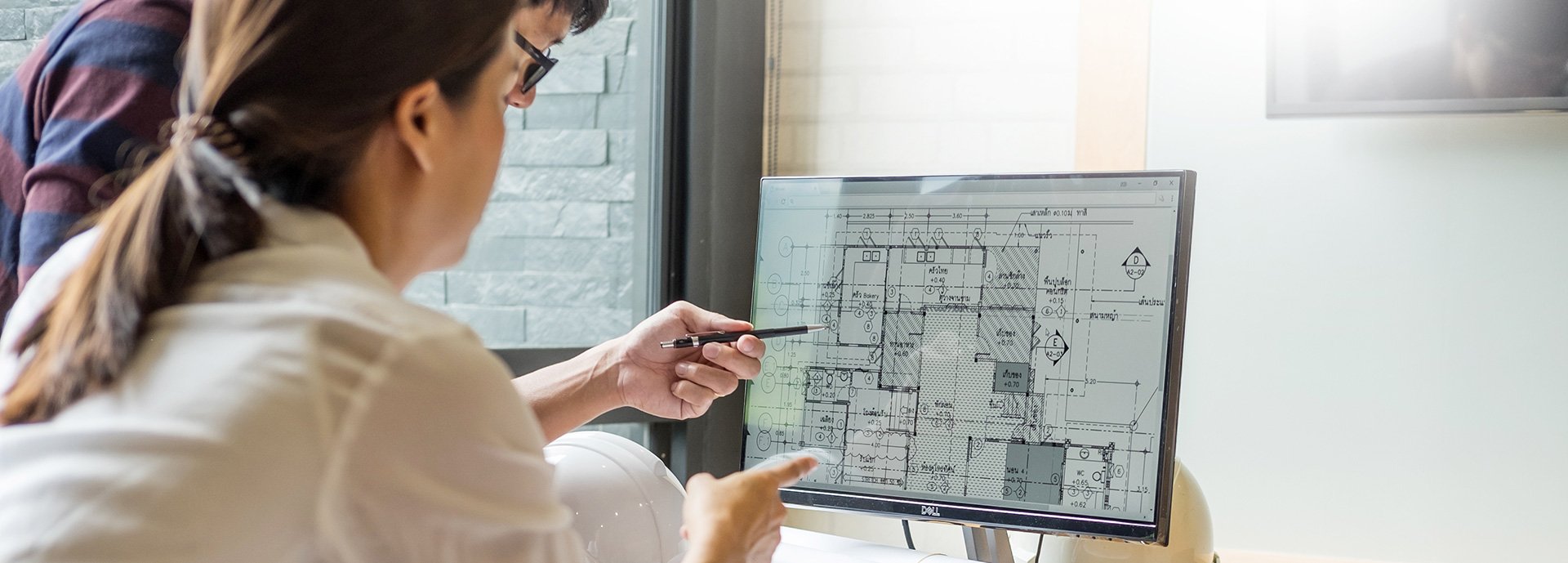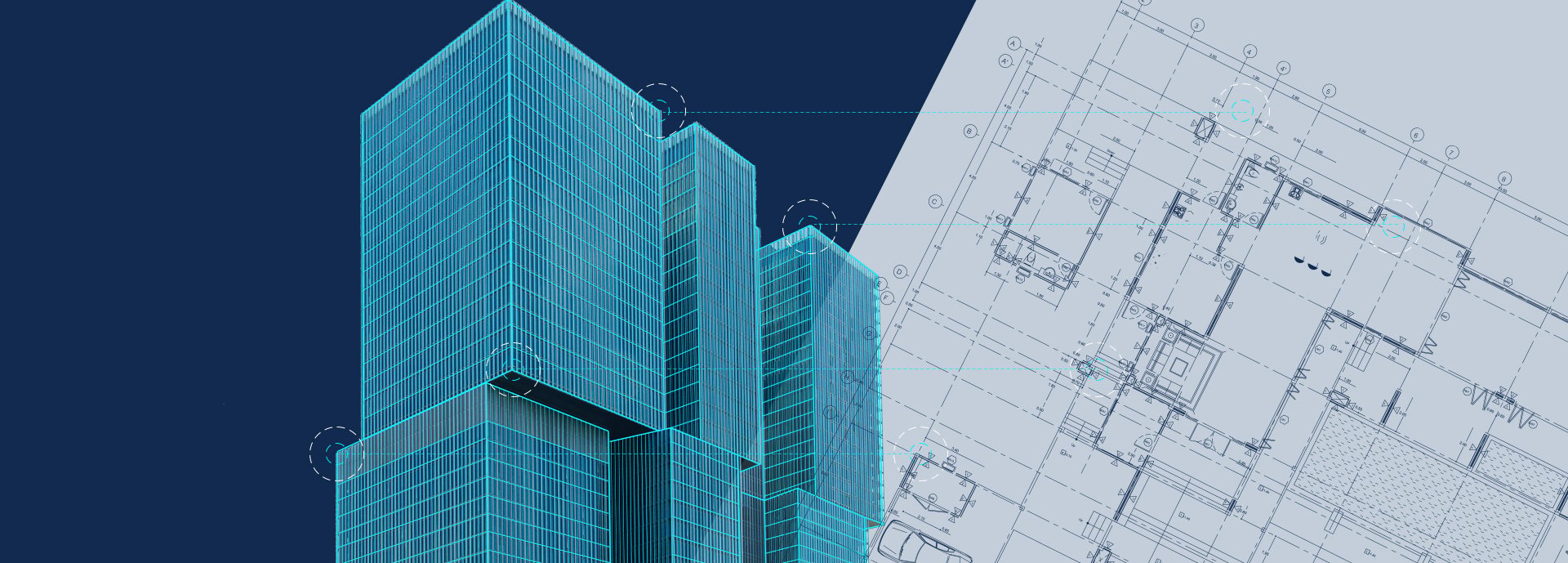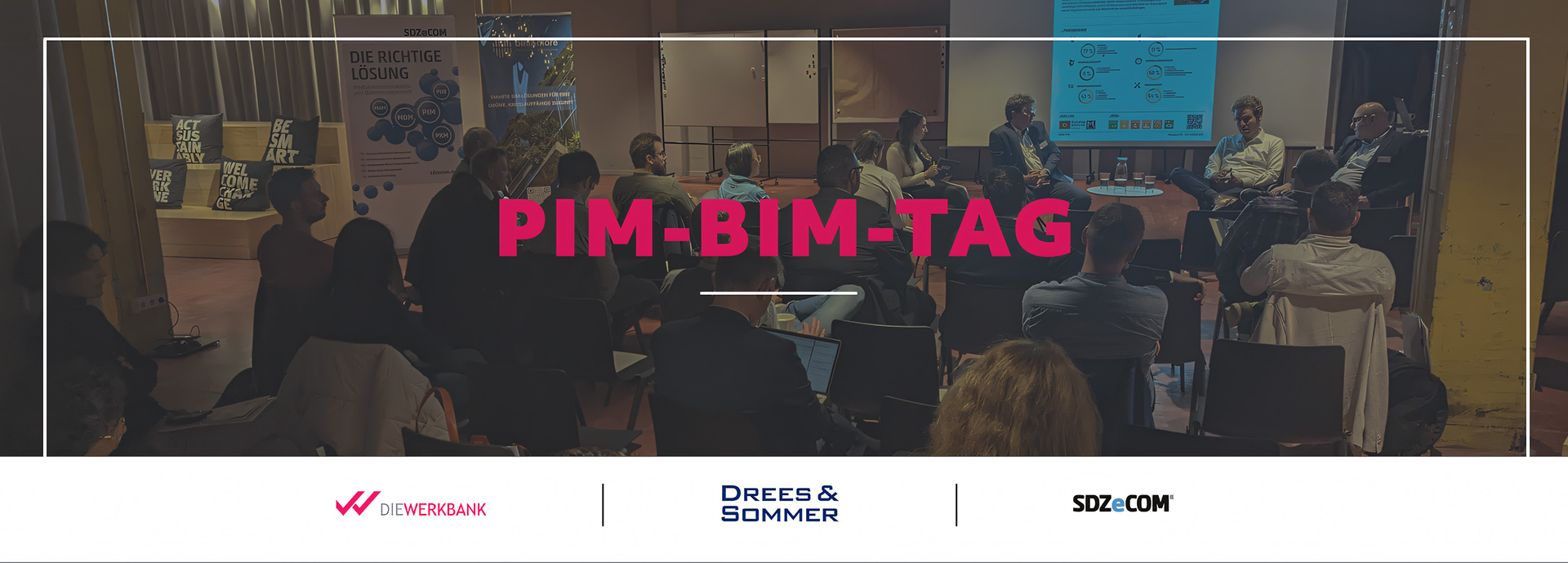First BIM-based Building Circularity Passport® enables holistic, real-time sustainability assessment of real estate at the design stage. The key is a combination of data expertise, BIM technology and sustainability criteria. Legislation and market demand are driving the Building Circularity Passport® as a key building block for ESG reporting. The first test municipalities will introduce the Building Circularity Passport® for public buildings in 2023.
Tell me what you want to build - and I'll tell you your carbon footprint: The renowned environmental institute EPEA - part of Drees & Sommer - has been demonstrating that this is possible for almost ten years. This is how long the co-developer of the Cradle to Cradle® design principle has been producing material passports for buildings, known as Building Circularity Passports®. Until now, however, the calculations have been time-consuming and labour-intensive. This is about to change: Die Werkbank IT GmbH is working with EPEA to develop the first BIM-based Building Circularity Passport®. For the first time, life cycle assessments of buildings can be calculated using automated data processing. EPEA provides data and algorithms for digital comparison in CAD programs. Die Werkbank IT GmbH has the necessary technology with its BIM infrastructure BIM & More. Planners, builders and investors can use it to analyse the CO2 footprint, recyclability or residual value of the building at any time. In the planning phase, it only takes a few seconds to find out how the building materials used affect the life cycle assessment - and to make adjustments if necessary. We present the details and show why time is of the essence.
Understand the lifecycle of a property digitally from the start
Valid data is essential for a holistic sustainability assessment of real estate, investment security and transparency over the entire life cycle. It is estimated that for today's new buildings, CO2 emissions from the operational phase account for less than 60 percent of a building's total LCA. Production, construction, disposal and recycling are not yet included in the Energy Performance Certificate (EPC).
We want to move beyond this narrow view by considering the entire life cycle of the materials used in the design process. The key is a combination of technology, data and sustainability criteria. EPEA has many years of experience in evaluating products according to the Cradle to Cradle® principle and the Life Cycle Assessment (LCA) method. It also has extensive knowledge of the recyclability of building materials and products and their environmental footprint. With its BIM infrastructure BIM & More, Die Werkbank IT GmbH provides the technology that enables this product information to be transferred to the Digital Twin and analysed.
Improve environmental performance from the digital design stage
The earlier Life Cycle Assessment (LCA) or Cradle to Cradle® data is used, the better. In the early stages of a building's service life, designers can compare different construction methods and improve the balance sheet value by experimenting with different building materials. Previously, this was not possible in CAD design software, and the calculation process was time-consuming because it was not automated. That is why we are using the BIM & More plug-in to bring all ecologically relevant data together with product information from the BIM & More Harmony database into the digital planning environment. Planners and architects can then generate a Building Circularity Passport® of their digital twin at the click of a mouse in CAD and edit the product selection until the building meets the desired target.
Ready for the circular economy with BIM & More Orchestra
To create a Building Circularity Passport®, planners and architects need at least the environmental impact data of the products. With this data, specialists can carry out what is known as a Life Cycle Assessment (LCA), a kind of life cycle assessment with impact analysis. LCA is a scientifically recognised method for assessing the environmental impact of the entire life cycle of building materials, products and buildings. Additional information is needed to assess all aspects of the Cradle to Cradle® principle, such as how healthy a building is or how well its materials can be recycled when they are removed. This data is processed by EPEA and made available to architects and designers in an easy-to-use form through our BIM & More infrastructure, enabling them to independently create high quality Building Circularity Passports® directly from the design software.
Manufacturers of building materials and building products who provide their product data via BIM & More already meet all the sustainability requirements that are increasingly being demanded by policymakers and investors with regard to product data on sustainability and the circular economy. In the future, they will also be based on product-neutral LCA and Cradle to Cradle® data, so that they can be directly taken into account in the creation of the Building Circularity Passport®.
Circular design principle makes material values visible
The Building Circularity Passport® serves as a planning and documentation tool to assess the circularity of buildings together with planners, architects and contractors. For completed construction projects, the Building Circularity Passport® also provides detailed information on which materials are easily separable and the chemical composition of the products used. It can also be used to determine the monetary value of the structures used in the buildings. This information provides enormous added value for the financing, valuation and future operation of buildings from a risk perspective.
Impact of EU taxonomy: more sustainability, more transparency
With the European Green Deal, the European Commission launched a comprehensive programme in 2019 to motivate climate protection targets in the real estate sector and to promote ESG sustainability measures with the EU Taxonomy and the Sustainable Finance Disclosure Regulation (SFDR). This will be done indirectly via the financial market, which will have to align its investments with the criteria set out in the taxonomy. Properties that do not meet the requirements of the taxonomy risk being devalued, while the attractiveness of investing in sustainable properties increases. Asset managers and construction companies are also increasingly affected by the taxonomy, as they have to include more and more information in their reporting obligations. With the BIM-based Building Circularity Passport®, all relevant data can be transparently displayed, tracked and integrated into ESG reports at the touch of a button. Non-sustainable building designs that cannot provide transparent information on their circularity will be increasingly difficult to market.
First pilot communities to implement the Building Circularity Passport® from 2023
We are convinced that now is the time to scale up the process and make the expertise that EPEA has built up over the years available to everyone. Action is also being taken at national and local level: The German government wants to implement the Green Deal in the property sector and announced in the coalition agreement of November 2021 that it will introduce a digital building resource passport. At the end of July 2022, the German Sustainable Building Council (DGNB e.V.) published a proposal on what this should contain. Several cities have already decided to introduce a Building Circularity Passport®, regardless of state or federal legislation. The city of Munich, for example, has already committed itself to creating a resource passport for all new municipal buildings. The Building Circularity Passport is the format of choice and several pilot projects have already been implemented. More cities will follow. By 2023, we expect at least five to seven mid-sized cities to be piloting the Building Circularity Passport® and leading the way. Do not wait. Be part of the change.












.png?width=673&height=152&name=image(10).png)